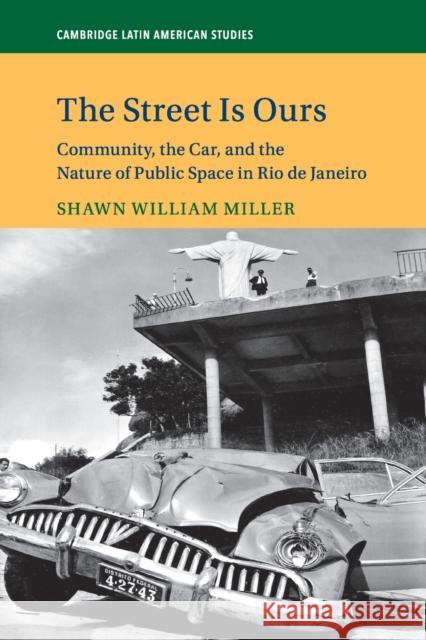The Street Is Ours: Community, the Car, and the Nature of Public Space in Rio de Janeiro » książka
topmenu
The Street Is Ours: Community, the Car, and the Nature of Public Space in Rio de Janeiro
ISBN-13: 9781108447119 / Angielski / Miękka / 2019 / 365 str.
The Street Is Ours: Community, the Car, and the Nature of Public Space in Rio de Janeiro
ISBN-13: 9781108447119 / Angielski / Miękka / 2019 / 365 str.
cena 181,55
(netto: 172,90 VAT: 5%)
Najniższa cena z 30 dni: 140,99
(netto: 172,90 VAT: 5%)
Najniższa cena z 30 dni: 140,99
Termin realizacji zamówienia:
ok. 22 dni roboczych.
ok. 22 dni roboczych.
Darmowa dostawa!
A compelling history of the impact of automobiles on the streets of Rio de Janeiro.











